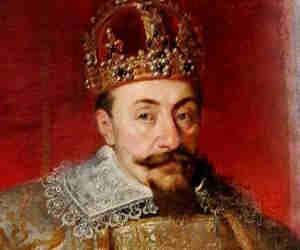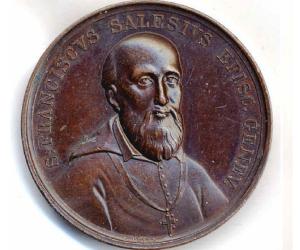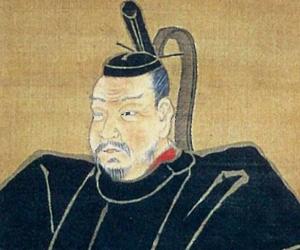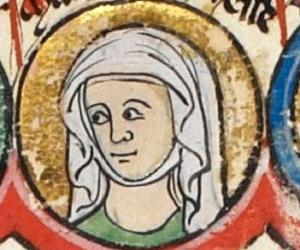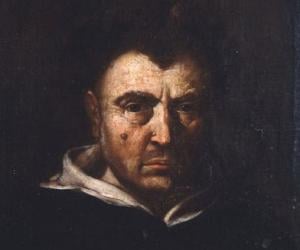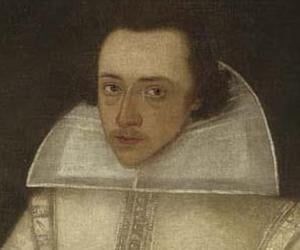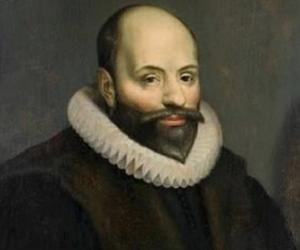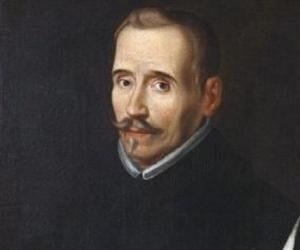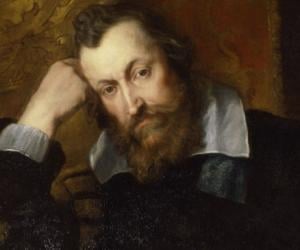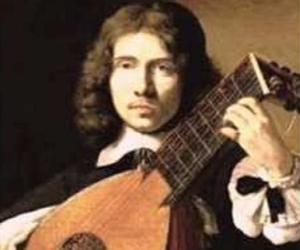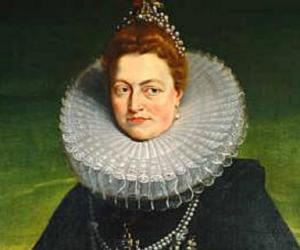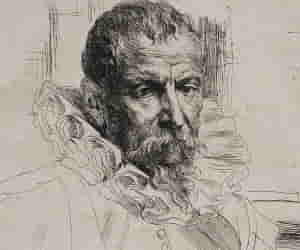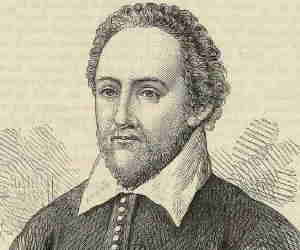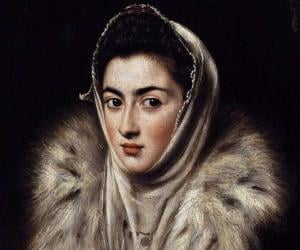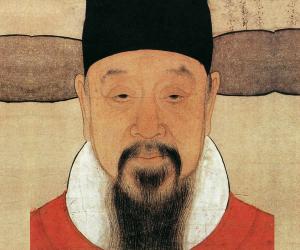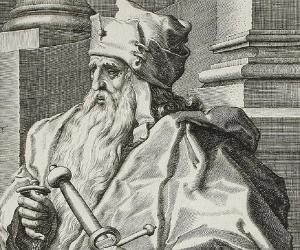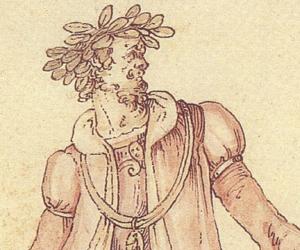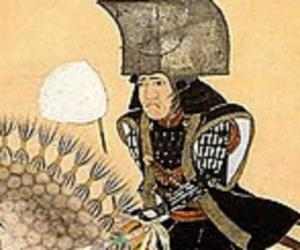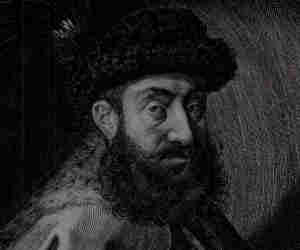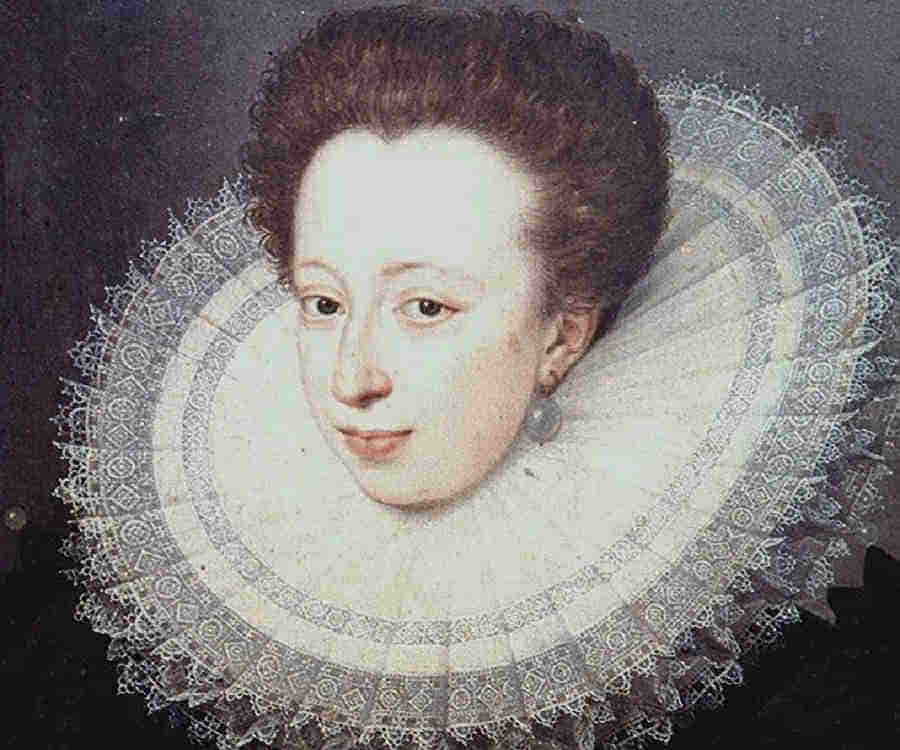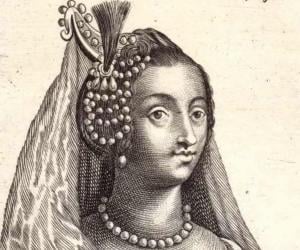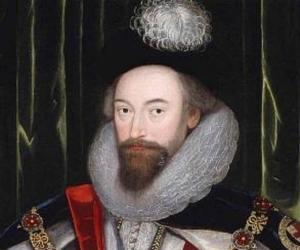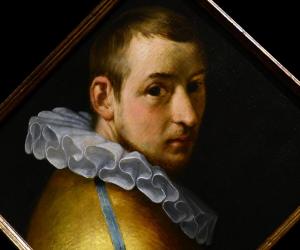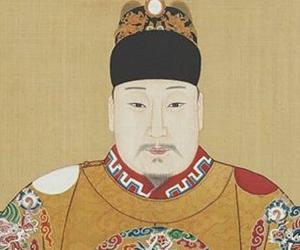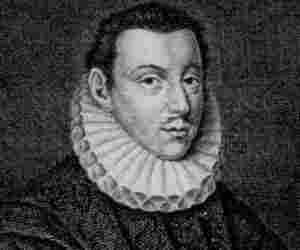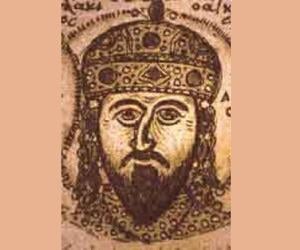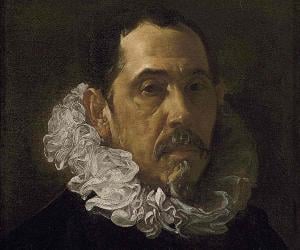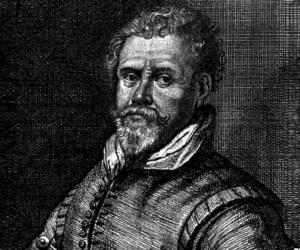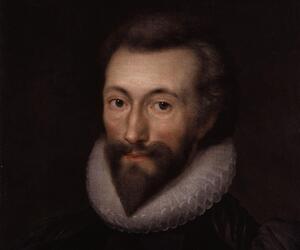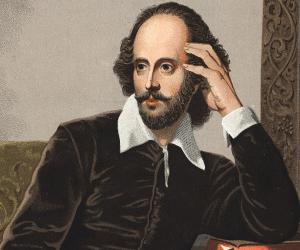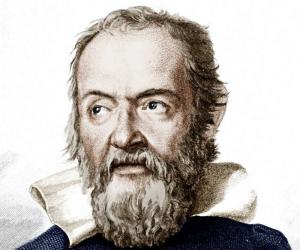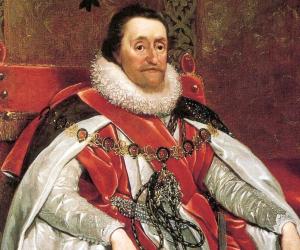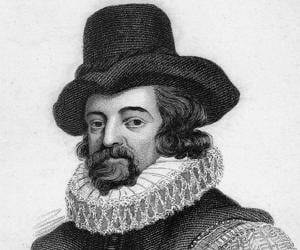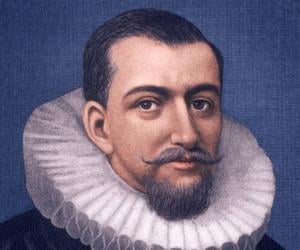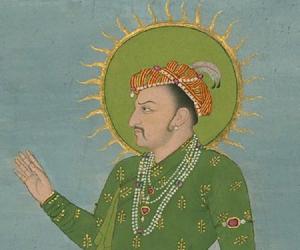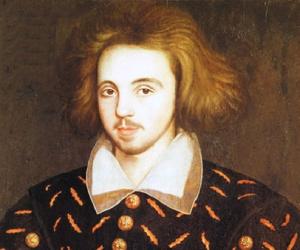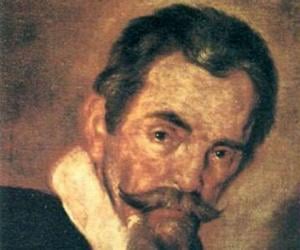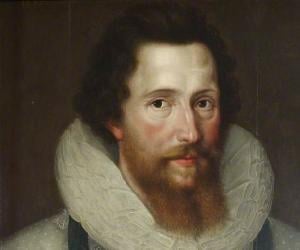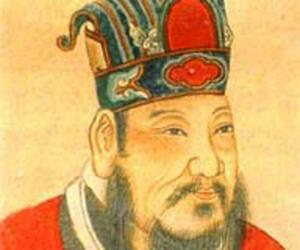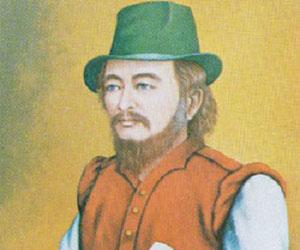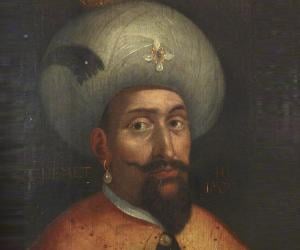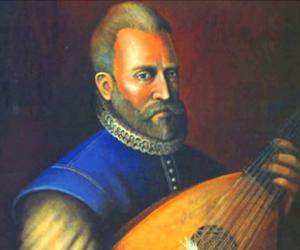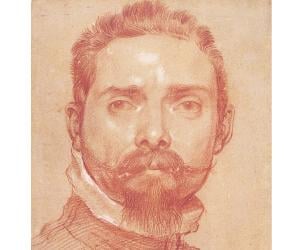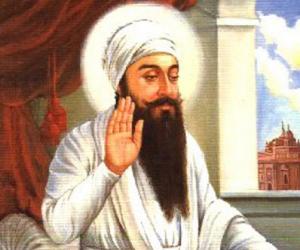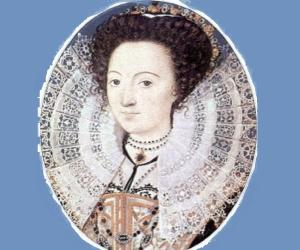Famous People Born In 156
Discover the most famous people born in 156. The list includes people like King James I, William Shakespeare, Galileo Galilei, Elizabeth Báthory, Francis Bacon and many more. This list of celebrities is loosely sorted by popularity. People featured on this list, include poets, political leaders, noblemen and composers born in 156. This list includes people from England, Italy, Spain & Netherlands and many more countries.
Vote for Your Favourite Person
Right IconThis ranking is based on an algorithm that combines various factors, including the votes of our users and search trends on the internet.
1
William Shakespeare(English Playwright & Poet Who is Regarded as the Greatest Writer in the English Language)
Birthdate: 23rd April
Sun Sign: Taurus
Birthplace: Stratford-upon-Avon, England
Died: April 23, 1616
English playwright, poet, and actor William Shakespeare is widely regarded as the greatest writer in the English language. He is also often called England's national poet. Many of his works have been translated into other languages and his plays continue to be produced till day. Popular during his lifetime, he acquired an iconic status after his death.
2
Galileo Galilei(Known as “Father” of Observational Astronomy who Invented the ‘Thermoscope’ and Various Military Compasses)
Birthdate: 15th February
Sun Sign: Aquarius
Birthplace: Pisa, Italy
Died: January 8, 1642
An Italian astronomer, engineer, and physicist, Galileo Galilei is widely regarded as the father of observational astronomy, the father of the scientific method, the father of modern physics, and the father of modern science. He is credited with popularizing the telescope, which changed the course of history.
Birthdate: 19th June
Sun Sign: Gemini
Birthplace: Edinburgh Castle, Scotland
Died: March 27, 1625
King James I of England and Ireland was also the king of Scotland as James VI. Son of Mary, Queen of Scots, he believed in royal absolutism. He had major conflicts with the Parliament and its ever-growing powers, which eventually led to revolts against his successor, Charles I.
4
Francis Bacon(Philosopher, Statesman and Lord High Chancellor of England)
Birthdate: 22nd January
Sun Sign: Aquarius
Birthplace: The Strand, London, England
Died: April 9, 1626
Francis Bacon was a Renaissance philosopher and author who was known as the Father of Empiricism, because of his belief in the scientific method and theory that scientific knowledge can only be created through inductive reasoning and experience. He was later knighted and served as the first Queen's counsel.
Birthdate: 30th November
Birthplace: England, United Kingdom
Died: 1611 AD
Henry Hudson was an English navigator and sea explorer best remembered for his explorations of modern-day Canada and the northeastern United States. He is credited with laying the foundation for the Dutch colonization near the Hudson River, which is named in his honor. During his final expedition, he became the first European to witness the Hudson Bay and Hudson Strait.
Birthdate: 31st August
Sun Sign: Virgo
Birthplace: Fatehpur Sikri
Died: November 8, 1627
Prince Salim, son of Mughal emperor Akbar, ruled as Emperor Jahangir from 1605 to 1627. Jahangir was a patron of the arts and architecture, and focused on expansion through war. Fictional accounts of his relationship with a courtesan named Anarkali were later portrayed in literature and movies.
Birthdate: 26th February
Sun Sign: Pisces
Birthplace: Canterbury, Kent, England
Died: May 30, 1593
English playwright, poet, and translator, Christopher Marlowe, was one of the major literary figures of the Elizabethan era. It is believed that he greatly influenced his contemporary William Shakespeare. He led a troubled life and died young under mysterious circumstances. Despite his early death, he is regarded as one of the foremost dramatists of the 16th century London.
8
Claudio Monteverdi(Composer, String player and Choirmaster Who Was a Pioneer in the Development of Opera)
Birthdate: 9th May
Sun Sign: Taurus
Birthplace: Cremona, Italy
Died: November 29, 1643
Claudio Monteverdi was an Italian string player, composer, choirmaster, and priest. His pioneering work in the development of opera and his letters, which gives an insight into the life of Italian musicians from the era, makes him a significant historical figure. He is also considered an important transitional figure between the two important periods of music history, Renaissance and Baroque.
Birthdate: 10th November
Sun Sign: Scorpio
Birthplace: England
Died: February 25, 1601
Robert Devereux, 2nd Earl of Essex, was an English nobleman. Considered a favorite of Elizabeth I, Robert Devereux did the unthinkable when he led an abortive coup d'état in 1601 against the government of Elizabeth I. He was subsequently executed for treason. Over the years, Robert Devereux has been portrayed in many stage plays, TV series, and films.
Birthdate: 30th June
Sun Sign: Cancer
Birthplace: Chang'an
Died: March 29, 0087
Emperor Wu of Han took over the reins of his kingdom at 15. He introduced Confucian academies to test the efficiency of candidates for government posts, selecting only those who cleared an exam on Confucian political philosophy. He also developed trade along the Silk Road but turned dictatorial later.
11
William Adams(Navigator, Merchant-Adventurer and the First Englishman to Reach Japan)
Birthdate: 24th September
Sun Sign: Libra
Birthplace: Gillingham, England
Died: May 16, 1620
One of the first-known Westerner to gain the title of samurai, William Adams, also known as Anjin Miura, was an English navigator who explored uncharted territories for his country. Apart from being the first Englishman to travel to Thailand and Japan, he was also the third from his country to travel to Vietnam.
12
Sigismund III Vasa
(King of Poland)
Birthdate: 20th June
Sun Sign: Gemini
Birthplace: Gripsholm Castle
Died: April 30, 1632
Sigismund III Vasa was the elder son of Swedish king John III Vasa. As the king of Poland and Sweden, he not only enjoyed prosperity but also tried to unite the two states, although he ended up creating conflicts between them. His lust for power also resulted in the Zebrzydowski Rebellion.
13
Francis de Sales
(Bishop of Geneva (1602 - 1622))
Birthdate: 21st August
Sun Sign: Leo
Birthplace: Château de Sales, Thorens-Glières, France
Died: December 28, 1622
Called the Gentleman Saint for his tenderness and patience, Francis de Sales was a Catholic priest and Bishop of Geneva (1602-1622). Canonized in 1665, he was later proclaimed Doctor of the Church for his contribution to theology and patron of writers and journalists for his extensive use of broadsheets and books. He also invented sign languages for teaching the deaf.
14
Date Masamune
(Regional Ruler of Japan’s Azuchi–Momoyama Period Through Early Edo Period)
Birthdate: 5th September
Sun Sign: Virgo
Birthplace: Yonezawa, Yamagata, Japan
Died: June 27, 1636
15
Mehmed III(Sultan of the Ottoman Empire (1595-1603))
Birthdate: 26th May
Sun Sign: Gemini
Birthplace: Manisa, Turkey
Died: December 22, 1603
Mehmed III reigned as the Sultan of the Ottoman Empire from 16 January 1595 until his death on 22 December 1603. He is best remembered for his role in the Long Turkish War, where he successfully led his army at the all-important Battle of Keresztes. Also remembered for his diplomacy, Mehmed III established communications with the court of Elizabeth I.
Birthdate: 30th November
Birthplace: London, England
Died: February 20, 1626
17
John Harington
(English author)
Birthdate: 4th August
Sun Sign: Leo
Birthplace: Kelston, United Kingdom
Died: November 20, 1612
Though a witty author, John Harington is better remembered as the inventor of the flush toilet. He was banished from the royal court for the cockiness of his language in his written works. He also earned a knighthood and later came to be known as Queen Elizabeth’s “saucy godson.”
18
Matilda of England, Duchess of Saxony
(Aristocrat)
Birthdate: 31st May
Sun Sign: Gemini
Birthplace: London, England
Died: June 28, 1189
19
Tommaso Campanella
(Philosopher Known for His Work 'la Città Del Sole' an Important Early Utopian Work)
Birthdate: 5th September
Sun Sign: Virgo
Birthplace: Stilo, Italy
Died: May 21, 1639
Tommaso Campanella was an Italian Dominican friar, philosopher, astrologer, and poet. His heterodox views often brought him into conflict with the authorities, and he was imprisoned for several years. In prison, he wrote The City of the Sun, a utopia describing an egalitarian theocratic society. He also defended astronomer Galileo Galilei in his first trial.
20
Anthony Babington
(Nobleman)
Birthdate: 24th October
Sun Sign: Scorpio
Birthplace: Derbyshire, England
Died: September 20, 1586
21
Annibale Carracci(Italian Painter Known for His Works: ‘Butcher's Shop’, ‘The Beaneater’ and ‘An Allegory of Truth and Time’)
Birthdate: 3rd November
Sun Sign: Scorpio
Birthplace: Bologna, Italy
Died: July 15, 1609
Born to a tailor, Annibale Carracci set up a painters’ studio named Accademia degli Incamminati with his brother and cousin, thus establishing the famous Carracci family of painters. A significant figure of the Baroque movement, he is remembered for his iconic works such as Domine, Quo Vadis?
22
Jan Brueghel the Elder
(Flemish Painter and the Son of the Eminent Flemish Renaissance Painter 'Pieter Bruegel the Elder')
Birthdate: 30th November
Birthplace: Brussels, Belgium
Died: January 13, 1625
Flemish painter Jan Brueghel the Elder is perhaps best remembered for his floral still lifes and landscapes. The second son of legendary Flemish artist Pieter Bruegel the Elder, he was also nicknamed "Velvet" Brueghel and "Flower" Brueghel and was a court painter of Holy Roman Emperor Rudolf II.
23
Jacobus Arminius
(Theologian, University teacher)
Birthdate: 10th October
Sun Sign: Libra
Birthplace: Oudewater
Died: October 19, 1609
Dutch theologian and professor Jacobus Arminius opposed the orthodox Calvinism of his time and introduced a new system, known as Arminianism, in response. He is remembered for his Opera theologica, published posthumously, and for paving the path for the growth of Methodism in the West.
24
Lope de Vega
(Writer and One of the Key Figures in the Spanish Golden Age of Baroque Literature)
Birthdate: 25th November
Sun Sign: Sagittarius
Birthplace: Madrid, Spain
Died: August 27, 1635
Spanish Baroque dramatist Lope de Vega was one of the most significant figures of the Spanish Golden Age. He had initially aspired to be a priest but abandoned his plans after falling in love with a married woman. He is best remembered for works such as The Dog in the Manger.
25
Henry Percy, 9th Earl of Northumberland
(Nobleman)
Birthdate: 27th April
Sun Sign: Taurus
Birthplace: Tynemouth Castle, Northumberland, England
26
Thomas Campion
(Famous for Writing Over a Hundred Lute Songs, Masques for Dancing)
Birthdate: 12th February
Sun Sign: Aquarius
Birthplace: London, England
Died: March 1, 1620
27
Isabella Clara Eugenia
(Sovereign)
Birthdate: 12th August
Sun Sign: Leo
Birthplace: Palacio de Valsaín, Segovia, Spain
Died: December 1, 1633
28
Pieter Brueghel the Younger
(Flemish Painter)
Birthdate: 23rd May
Sun Sign: Gemini
Birthplace: Brussels, Belgium
Died: October 10, 1638
Flemish painter Pieter Brueghel the Younger was the eldest son of legendary Flemish painter Pieter Brueghel the Elder. Mostly known for re-creating his father’s works, he also created numerous original paintings, mostly depicting rural life. His works now adorn museums in cities such as Paris and Amsterdam.
29
Firishta
(Iranian Historian)
Birthdate: 30th November
Birthplace: Gorgan, Iran
Died: 1620 AD
Firishta was a Persian historian who served as the court historian for the Deccan Sultans in India. He is best remembered for his work Tarikh-i Firishta, a history of India with emphasis on Deccan dynasties' history. Firishta is often credited with throwing light on the history of the Deccan sultanates.
30
Ahmad Sirhindi
(Indian Scholar, Jurist and Philosopher)
Birthdate: 26th May
Sun Sign: Gemini
Birthplace: Sirhind, Punjab, India
Died: December 10, 1624
Shaykh Ahmad Sirhindi was an Indian Islamic scholar. A member of the famous Naqshbandī Sufi order, Sirhindi was widely known as a reviver for his work in resurrecting Islam during Mughal Emperor Akbar's reign. He is also remembered for his contributions to Sufi practices and epistemology. There is a shrine named Rauza Sharif dedicated to Sirhindi in Sirhind, Punjab, India.
Birthdate: 6th January
Sun Sign: Capricorn
Birthplace: London, England
Died: March 13, 1619
32
Catalina Micaela of Spain
(Queen)
Birthdate: 10th October
Sun Sign: Libra
Birthplace: Madrid, Spain
Died: November 6, 1597
33
Xu Guangqi
(Ming Dynasty Official and One of the Most Prominent Chinese Converts to Christianity)
Birthdate: 24th April
Sun Sign: Taurus
Birthplace: Shanghai, Songjiang, Southern Zhili, China
Died: November 8, 1633
Xu Guangqi, or Paul, was a Chinese official of the Ming dynasty and one of the most prominent Chinese converts before the 20th century. An agronomist, a mathematician, an astronomer, a politician, and an author, he translated many Western works. He was also known as one of the Three Pillars of Chinese Catholicism.
Birthdate: 30th November
Birthplace: Paddan Aram
Died: 1431 BC
Birthdate: 20th August
Sun Sign: Leo
Birthplace: Rome, Italy
Died: August 12, 1633
Birthdate: 15th April
Sun Sign: Aries
Birthplace: Goindwal Sahib, India
Died: May 30, 1606
Birthdate: 3rd December
Sun Sign: Sagittarius
Birthplace: Himeji, Japan
Died: August 29, 1623
38
György Thurzó
(Palatine of Hungary between 1609 and 1616)
Birthdate: 2nd September
Sun Sign: Virgo
Birthplace: Castle Lietava, Lietava, Slovakia
Died: December 24, 1616
39
Christina of Lorraine
(Grand Duchess)
Birthdate: 16th August
Sun Sign: Leo
Birthplace: Nancy, France
Died: December 19, 1637
Birthdate: 31st December
Sun Sign: Capricorn
Birthplace: Bishopsgate, London, England
Died: March 31, 1645
41
Ketevan the Martyr
(Queen of Kakheti)
Birthdate: 30th November
Birthplace: Kakheti
Died: September 13, 1624
42
Thomas Howard, 1st Earl of Suffolk
(English commander)
Birthdate: 24th August
Sun Sign: Virgo
Birthplace: London, England
Died: May 28, 1626
43
Cornelis van Haarlem
(Painter)
Birthdate: 30th November
Birthplace: Haarlem, Habsburg Netherlands
Died: November 11, 1638
Birthdate: 4th September
Sun Sign: Virgo
Birthplace: Beijing, China
Died: August 18, 1620
Birthdate: 30th November
Birthplace: Etne Municipality, Norway
Died: June 15, 1184
Birthdate: 19th August
Sun Sign: Leo
Birthplace: Dumfries, Scotland
Died: July 3, 1582
47
Isaac II Angelos
(Emperor)
Birthdate: 31st August
Sun Sign: Virgo
Birthplace: Constantinople
Died: January 25, 1204
48
Francisco Pacheco
(Painter)
Birthdate: 3rd November
Sun Sign: Scorpio
Birthplace: Sanlúcar de Barrameda, Spain
Died: November 27, 1644
Best known for his Arte de la pintura, the most crucial treatise of 17th-century Spanish art, Francisco Pacheco focused on the regulations of depicting religious scenes accurately. He was also the official censor of the Inquisition of Sevilla. He also taught painting to Diego Velázquez and Alonso Cano.
49
Hendrick de Keyser
(Sculptor)
Birthdate: 15th May
Sun Sign: Taurus
Birthplace: Utrecht, Netherlands
Died: May 15, 1621
Birthdate: 30th November
Birthplace: Norfolk, England
Died: February 21, 1595
